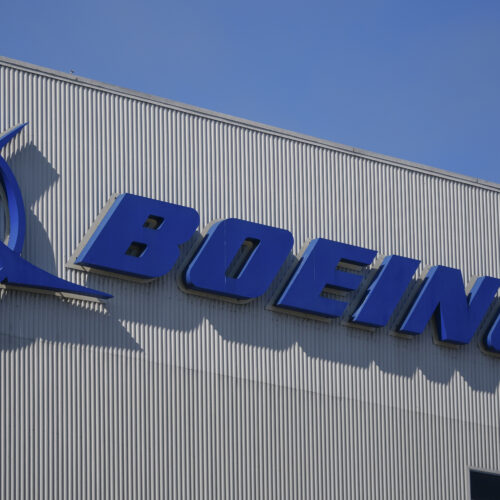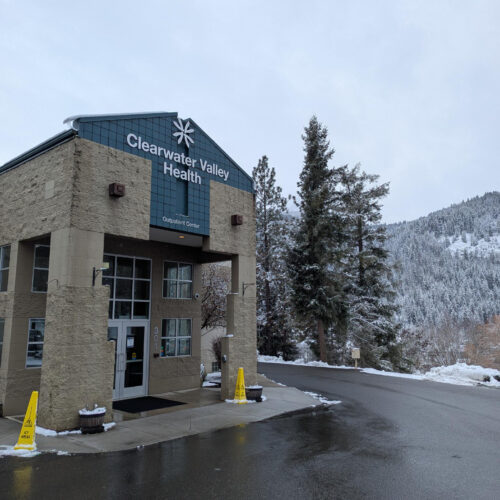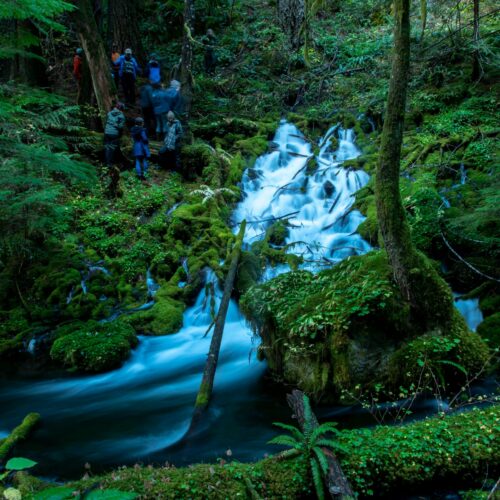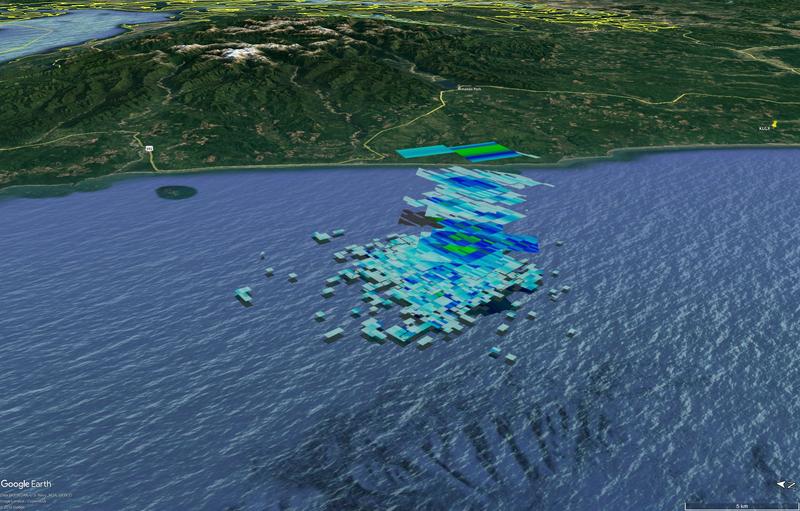
There’s A Rare Meteorite To Be Found Off Washington’s Coast
On the evening of March 7, a bright flash, a tremendous boom and a rumble like an earthquake alarmed people in coastal Washington state. Next week, scientists will attempt an underwater recovery of the shattered meteorite that caused all that.
It sounds harder than finding a needle in a haystack. But Olympic Coast National Marine Sanctuary research coordinator Jenny Waddell said National Weather Service radar records greatly narrowed the hunt for the meteorite fragments to a circle 1 kilometer in diameter.
“It’s more like trying to find a rake in a haystack,” Waddell said. “I think it’s bigger than a needle.”
Waddell said NASA calculated the fireball’s debris field to be on the continental shelf about 16 miles northwest of the Quinault tribal village of Taholah in 120 meters of water.
“The seafloor [there] is predominantly sand and mud,” Waddell said. “So we’re really hoping that we’re going to be able to find some of these meteorite fragments. They’re going to for sure stick out.”
A nonprofit exploration vessel is devoting two days of ship time for the meteorite hunt next Monday and Tuesday. The E/V Nautilus plans to deploy an unmanned submersible to scan the seafloor and pick up space rocks—and livestream the action.
NASA Cosmic Dust Curator Marc Fries of the Johnson Space Center in Houston did the legwork to reconstruct the meteorite fall. Fries estimated the mass of this meteorite at around two tons based on the radar returns, making it the biggest meteorite fall recorded over the U.S. in 21 years’ worth of weather radar records.
The large object fragmented, exploded, shattered and partially disintegrated before raining down on the sea.
“We should be able to find something,” Fries predicted in an interview Thursday.
The Nautilus and its remotely operated underwater vehicles (ROVs) have multiple instruments and tools to aid the search including multibeam sonar, a magnetometer and magnetic rake.
Fries said watching the underwater video camera may be the most useful to the meteorite hunters.
“Ultimately, the best tool you have for finding meteorites is the human eyeball,” he said. “We are very good at looking at things and seeing what is out of place and shouldn’t be there.”
“Meteorites have spectacular scientific value,” Fries said, before adding that this one may be particularly rare and interesting. “The radar data seems to show that this thing is mechanically tougher—it’s a tougher piece of rock—than the other meteorite falls we’ve seen to date. This is something different.”
Fries said any meteorite fragments found will be cleaned and shipped to the Smithsonian Institution in Washington, D.C. and become part of their research collections.
After disembarking from the Nautilus, Waddell and Fries plan to give two public talks about the meteorite hunt. The free presentations take place on July 5 in Aberdeen and Port Angeles.
Grays Harbor College, Schermer Building, Room 4134
July 5, 2018, 10:00 AM – 11:00 AM
Peninsula College, Room M125, Keegan Hall (M Building)
July 5, 2018, 6:00 PM – 7:00 PM
Related Stories:
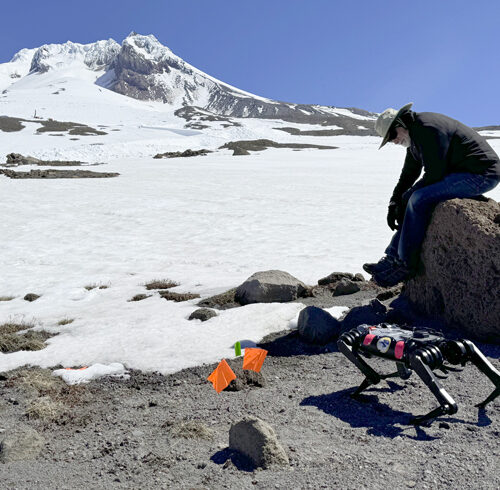
How a dog-like robot is training for space exploration on Mount Hood
Dan Koditschek, with the University of Pennsylvania, watches Spirit the robot as it walks from rocks to snow on Mount Hood. (Credit: Courtney Flatt / NWPB) Listen (Runtime 4:20) Read
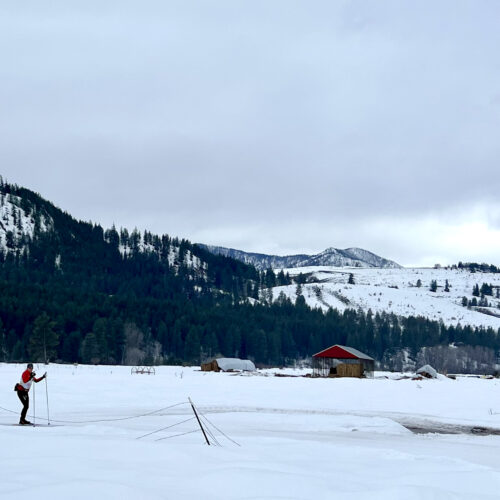
NASA satellites could be a new tool to help estimate snowpack, manage water resources
A cross country skier follows a trail on the Sunny M Ranch property in the Methow Valley. (Credit: Courtney Flatt / NW News Network) Listen (Runtime 1:06) Read New tools
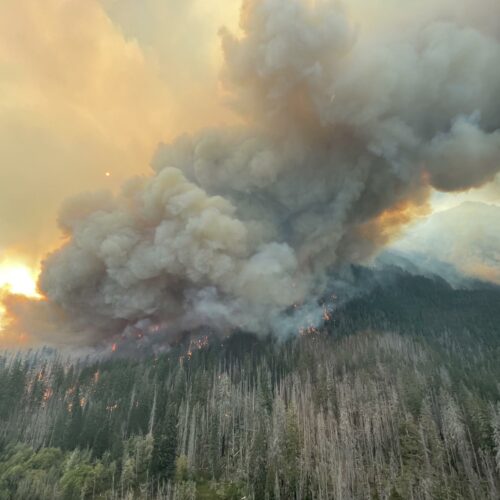
Seven fires burning in Olympic National Park; one evidence of what could come with climate change
Visible from the smoke they’re emitting, seven fires are burning within the wilderness of Olympic National Park on the Olympic Peninsula. Lightning strikes ignited the fires Aug. 28 and all were burning relatively small until this past weekend, when the Delabarre fire took advantage of hot, dry conditions and took off like a bandit, growing to over 3,500 acres.


